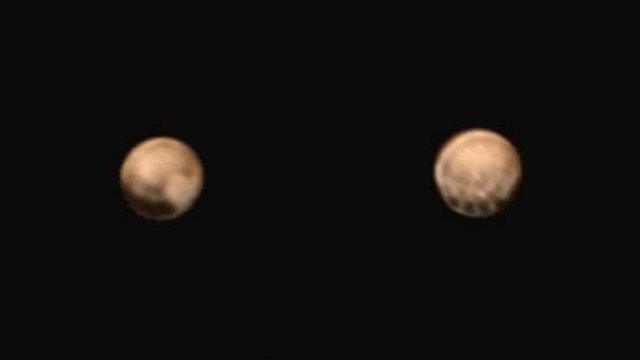New Horizons: Spacecraft survives Pluto encounter
- Published
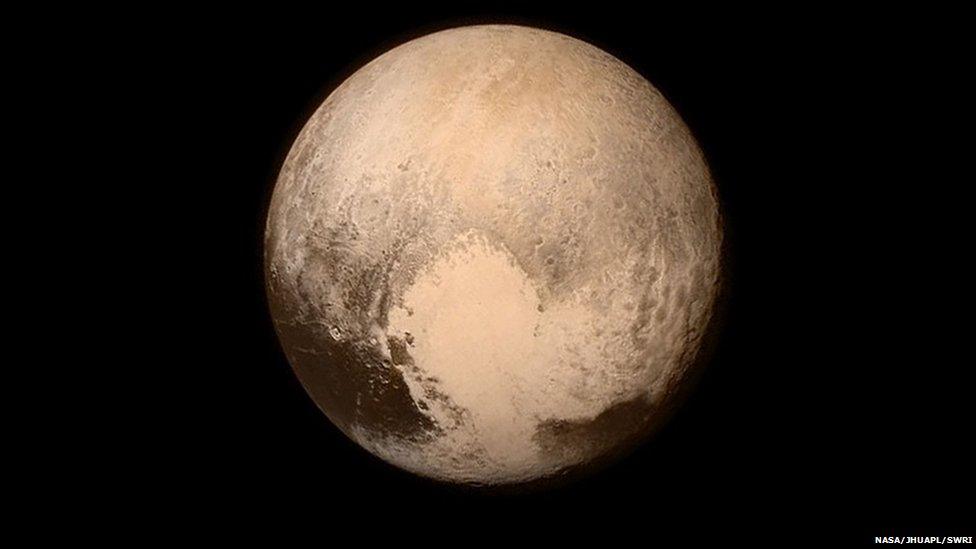
On Tuesday, the US space agency released the most detailed view of Pluto yet
A signal received from the New Horizons spacecraft shows that it survived its historic encounter with Pluto.
Data in its first call home since Tuesday's flyby suggest the spacecraft experienced no upsets as it hurtled past the icy world at 14km/s (31,000mph).
The signal came through a giant dish in Madrid, Spain - part of a Nasa network of communications antennas.
The message took four hours 25 minutes to traverse 4.7 billion km of space.
The tension mounted as scientists and engineers at mission headquarters in Laurel, Maryland, waited for telemetry information. So there was joy and relief when the signal was received at 01:52 BST; team members cheered, hugged each other and waved American flags.
"We are in lock with telemetry from the spacecraft," said mission operations manager Alice Bowman as confirmation was received.
"We have a healthy spacecraft, we have recorded data from the Pluto system, and we are outbound from Pluto."
A few minutes later, she added: "I can't express how I feel. It's just like we planned it!"

Two stretched-colour images, of Pluto (L) and Charon (R); the stretching amplifies surface differences
Nasa's administrator Charles Bolden said: "With this mission, we have visited every single planet in the Solar System."
The agency's science chief John Grunsfeld commented: "This is a tremendous moment in human history," adding: "The spacecraft is full of images and we can't wait."
Operations manager Alice Bowman confirmed that New Horizons' solid state recorder should be full of data.
"The expected number of segments on that recorder had been used. That tells us that that data has been collected on the spacecraft," she explained.
The signal received on Wednesday morning contained only engineering data, and was designed to tell controllers whether the flyby sequence had been carried out properly. The first high-resolution pictures from the flyby should be downlinked later on Wednesday.
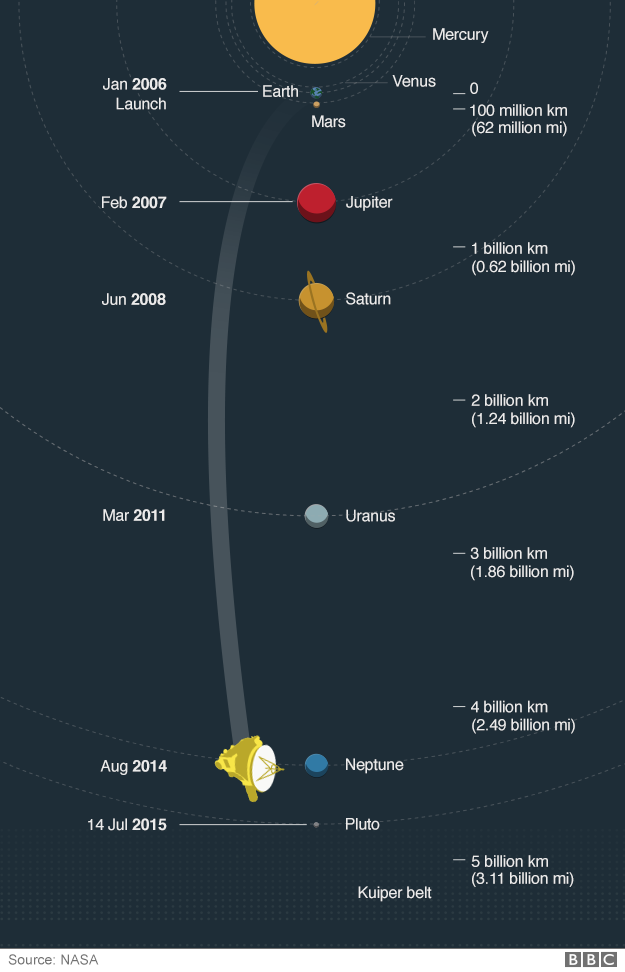
Ralph Semmel, director of the Johns Hopkins University Applied Physics Laboratory, where mission control is based, congratulated the mission team.
"What has Pluto given us? Whales, doughnuts, and a heart," he said, referring to informal names for surface features in images taken during the spacecraft's approach.
Stephen Hawking: "Now the solar system will be further opened up to us"
Team members had expressed confidence the flyby would go well, but there was a very small possibility that New Horizons could be lost as it sped through the Pluto system.
Any stray icy debris would have been lethal if it had collided with the spacecraft at its 14km/s velocity .
James Christy, who discovered Pluto's moon Charon, joined relatives of Clyde Tombaugh, who discovered the dwarf planet itself in 1930, at mission control to witness receipt of the signal.
Follow Paul on Twitter, external.
- Published15 July 2015
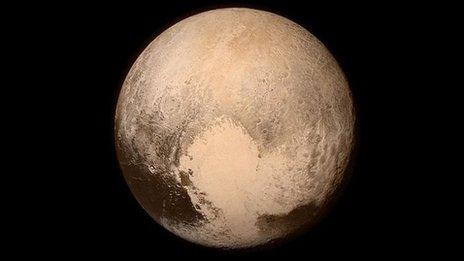
- Published10 July 2015
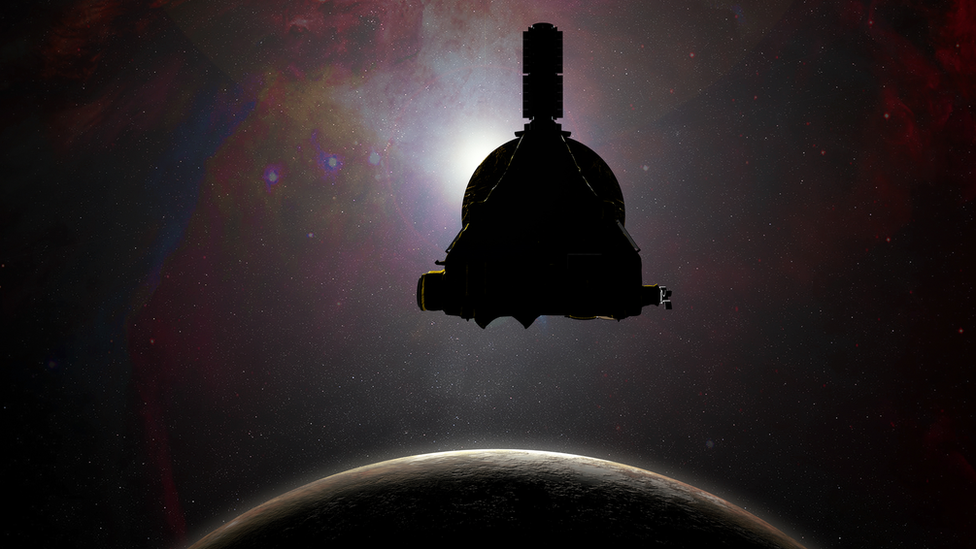
- Published15 July 2015

- Published14 July 2015
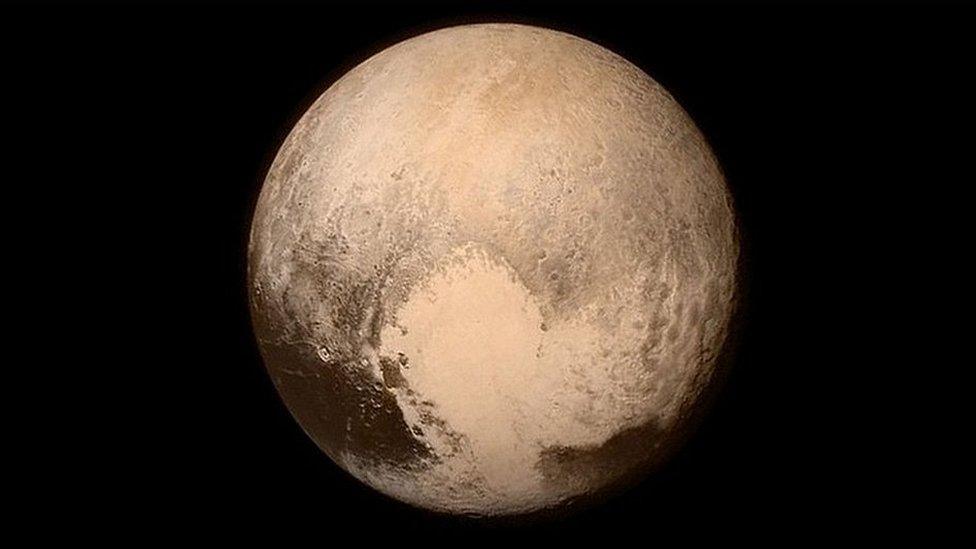
- Published14 July 2015
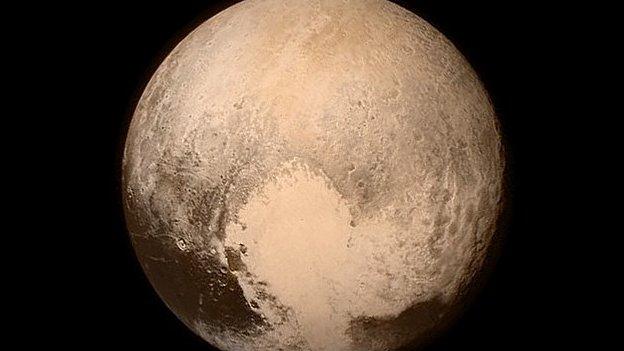
- Published14 July 2015
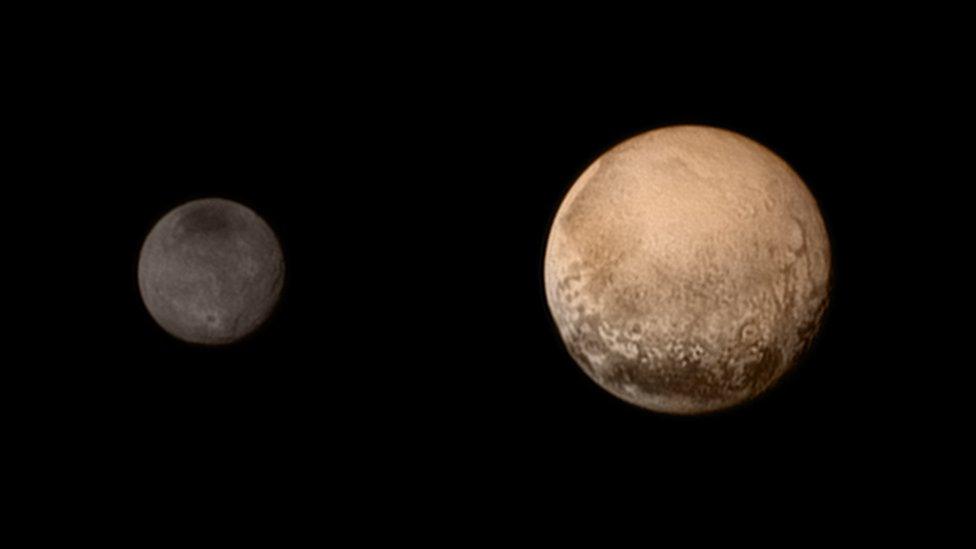
- Published13 July 2015
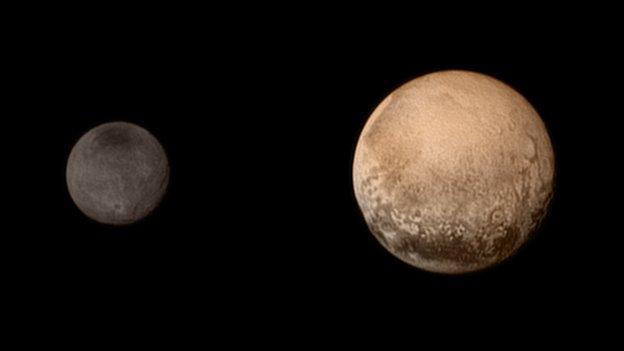
- Published13 July 2015
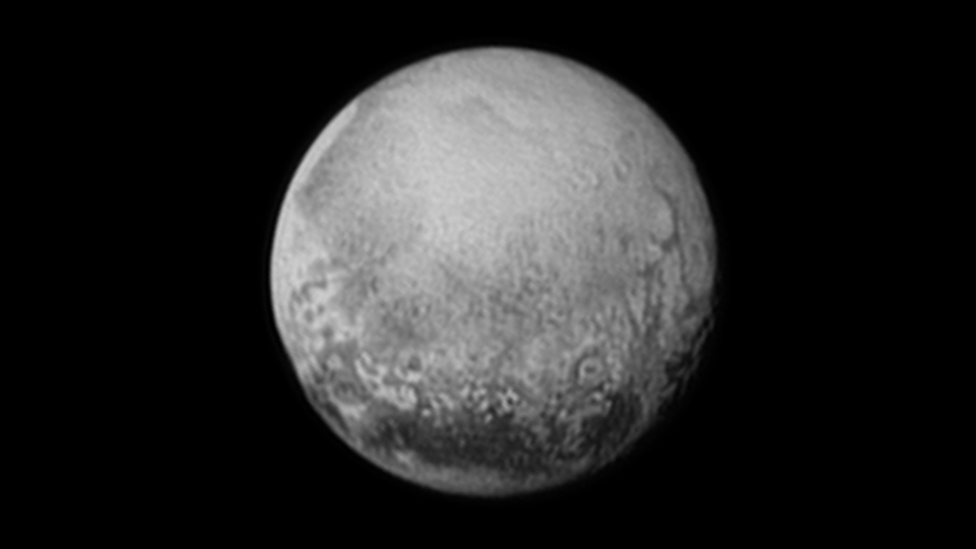
- Published11 July 2015

- Published11 July 2015
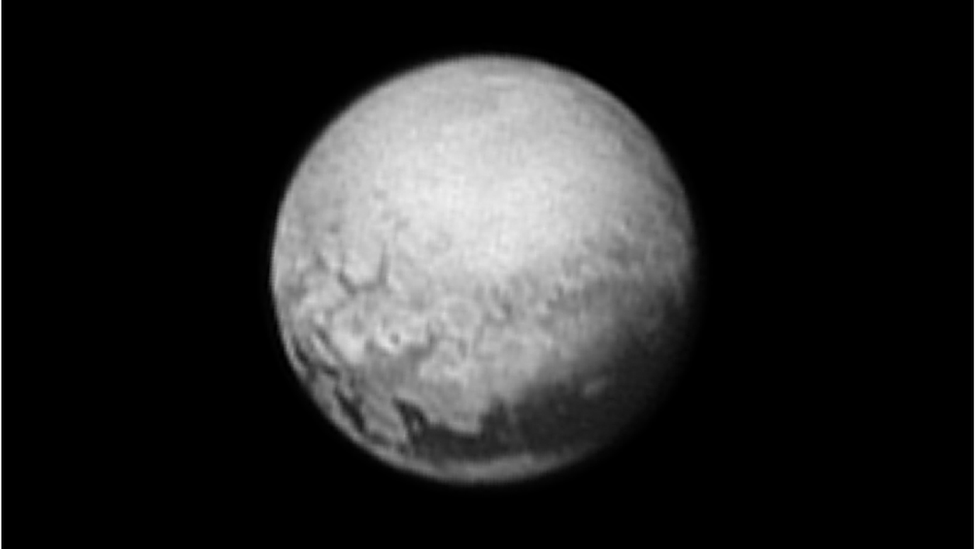
- Published9 July 2015

- Published9 July 2015

- Published8 July 2015
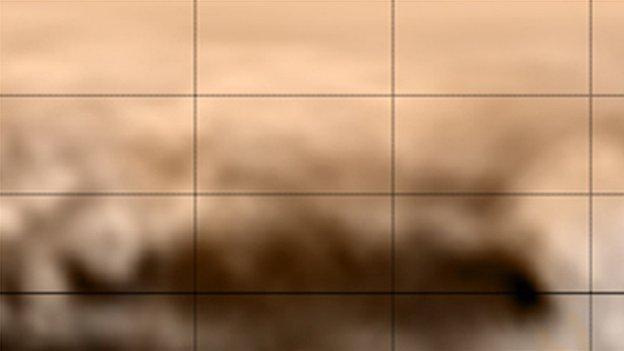
- Published6 July 2015
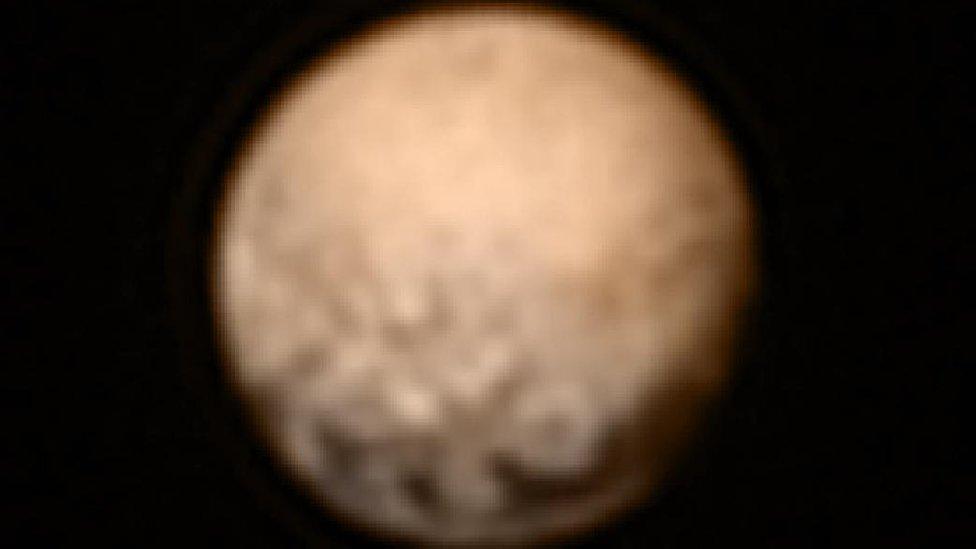
- Published2 July 2015
